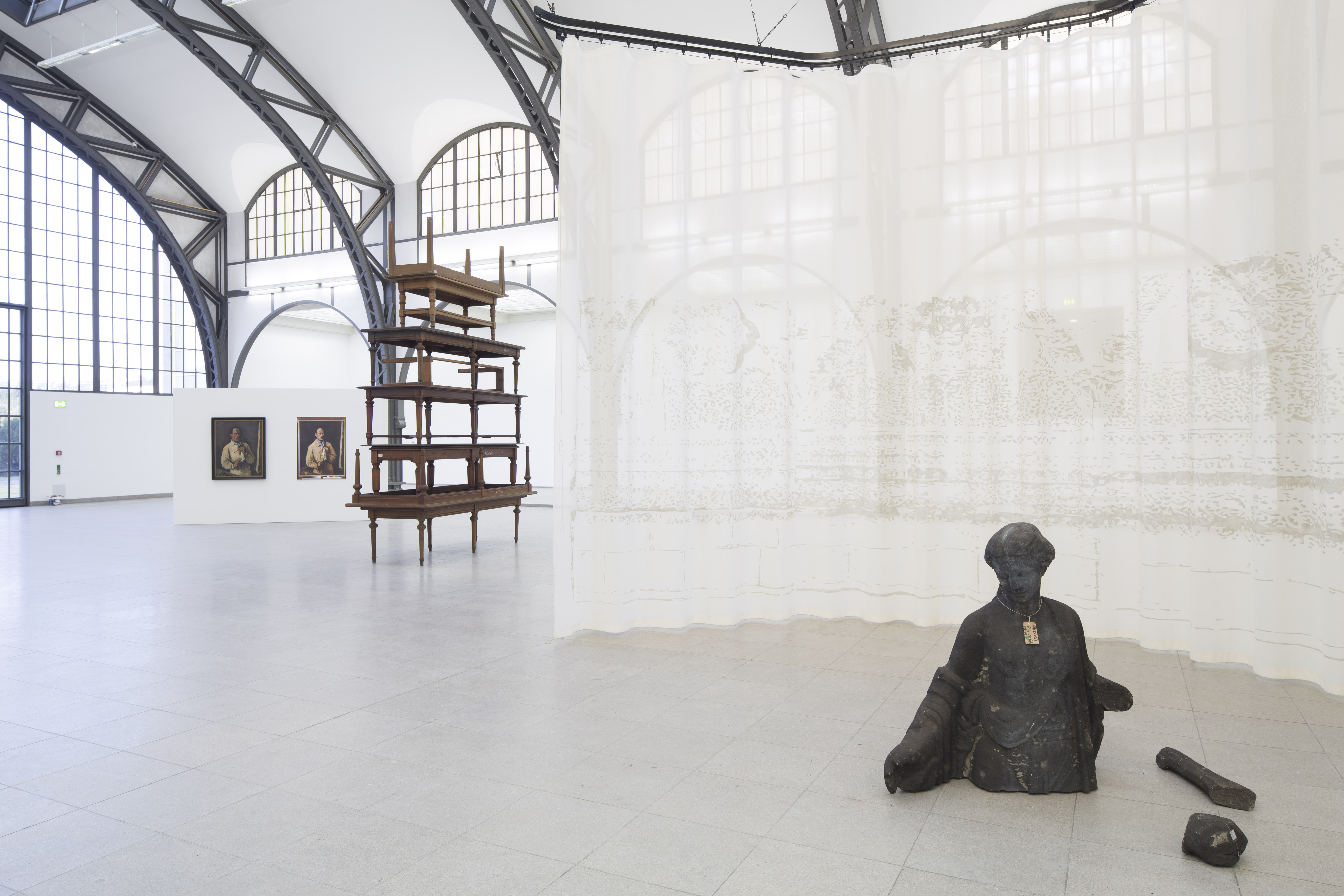The artist Mariana Castillo Deball (*1975 in Mexico City), who was awarded the Nationalgalerie Prize in 2013, is showing a project developed specifically for her solo exhibition in the Historical Hall of the Hamburger Bahnhof. The expansive installation brings together various artistic considerations at the interface between historical research, philosophy and art, which are crucial to the work of Mariana Castillo Deball. For her work, she specifically selects thematic areas and transfers the developed research process, reminiscent of methods from archaeology, ethnography and the history of science, into a contemporary artistic formal language. Things that have been forgotten are put into new contexts in order to create tangible images and alternative readings.
For the show at Hamburger Bahnhof, the artist is devoting herself to the “biographies of things”.
She focuses her attention on museum collection objects that often “had an unstable life wandering between backyards, cellars, pedestals, showcases, museums, traveling exhibitions and private collections” (Mariana Castillo Deball). The focus of the presentation is on objects and works of art from various Berlin museums, but especially those that were connected to the Nationalgalerie collection at different times. As the title of the exhibition “Parergon” (accessory, ancillary work) suggests, the history of the collections, their buildings, exhibits and protagonists is examined and deciphered, particularly with regard to their migrations and reorganizations. Castillo Deball pays particular attention to connections that take place outside the framework of the known and the unambiguous.
